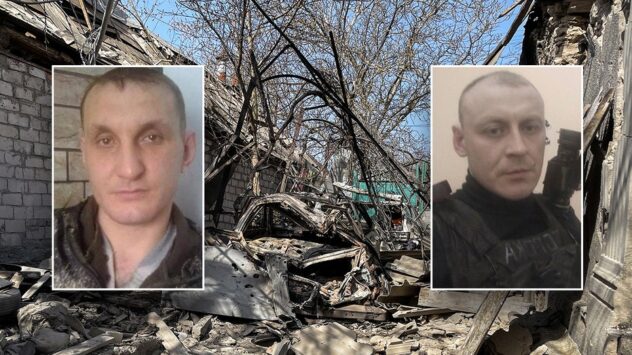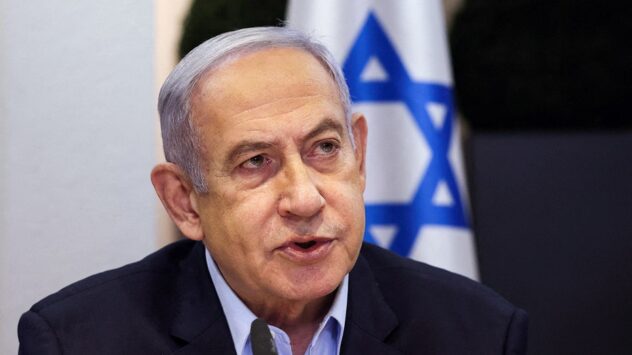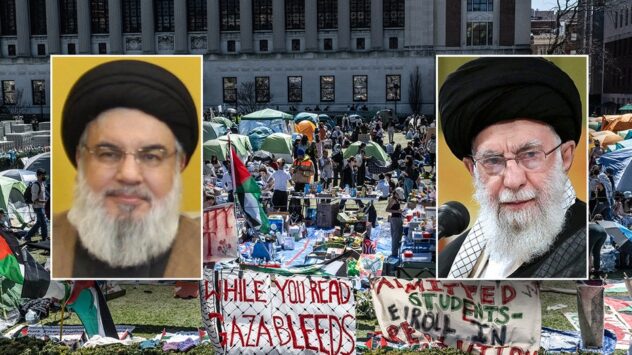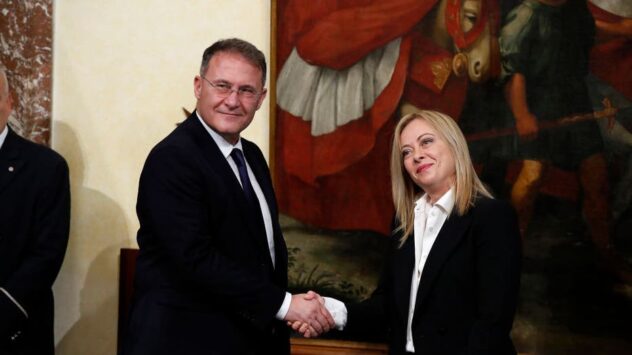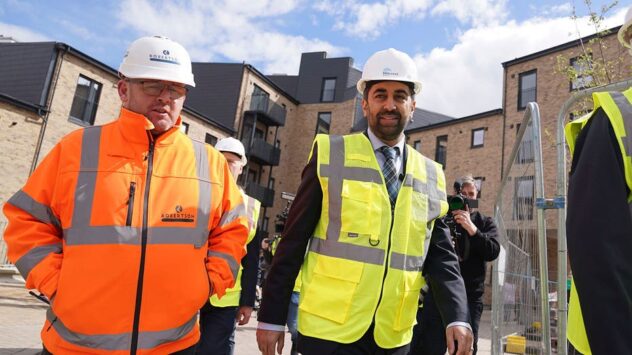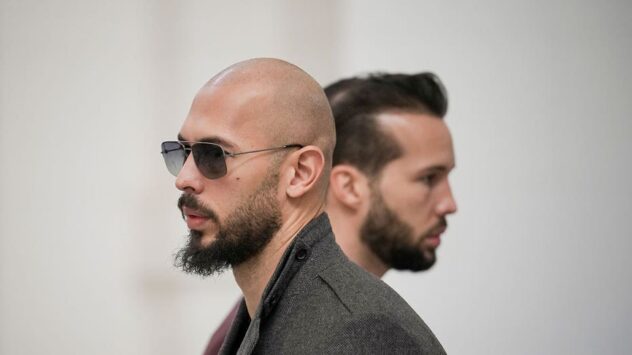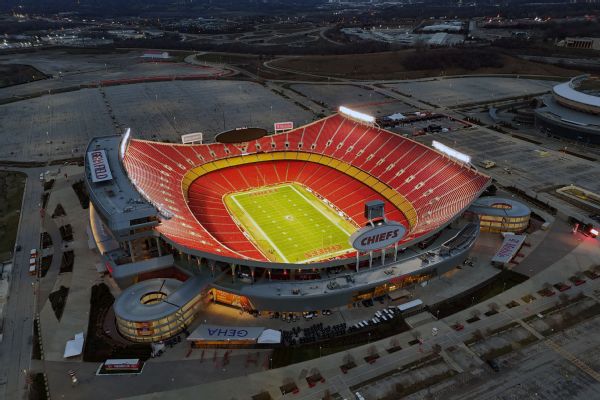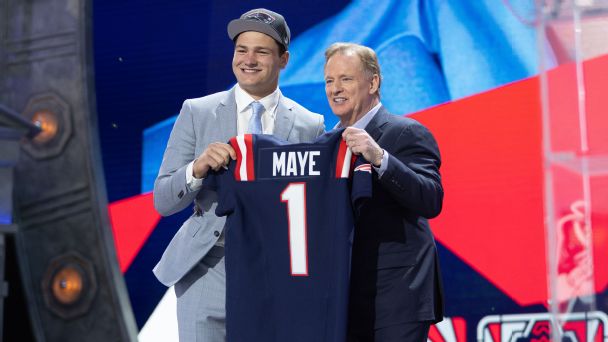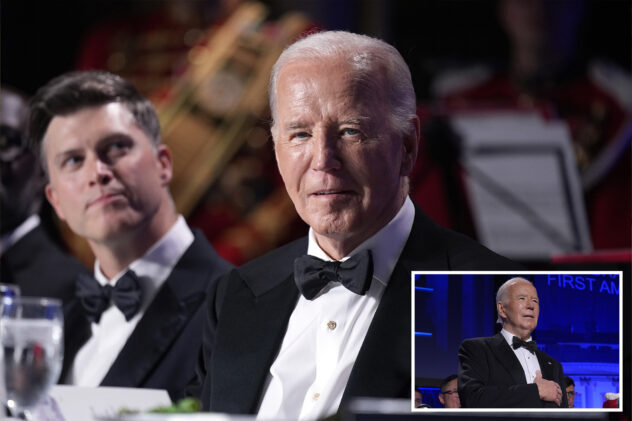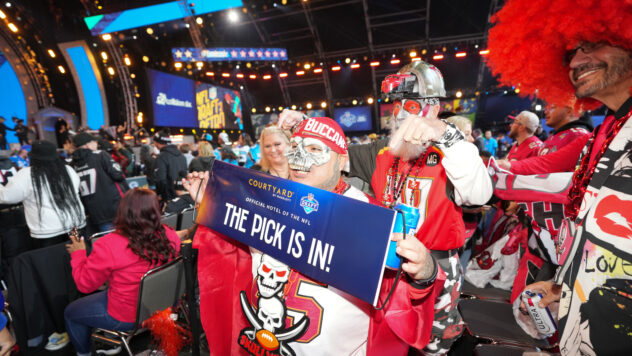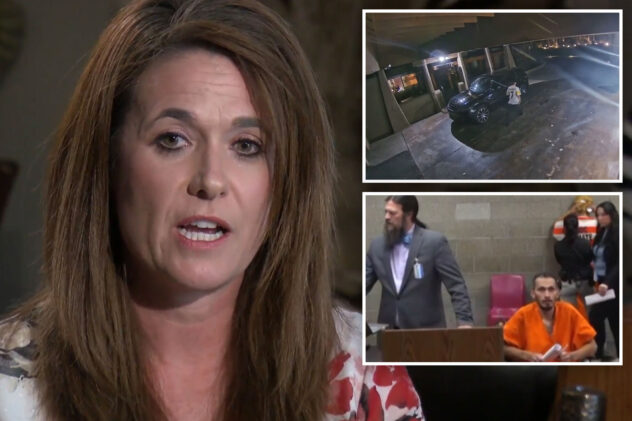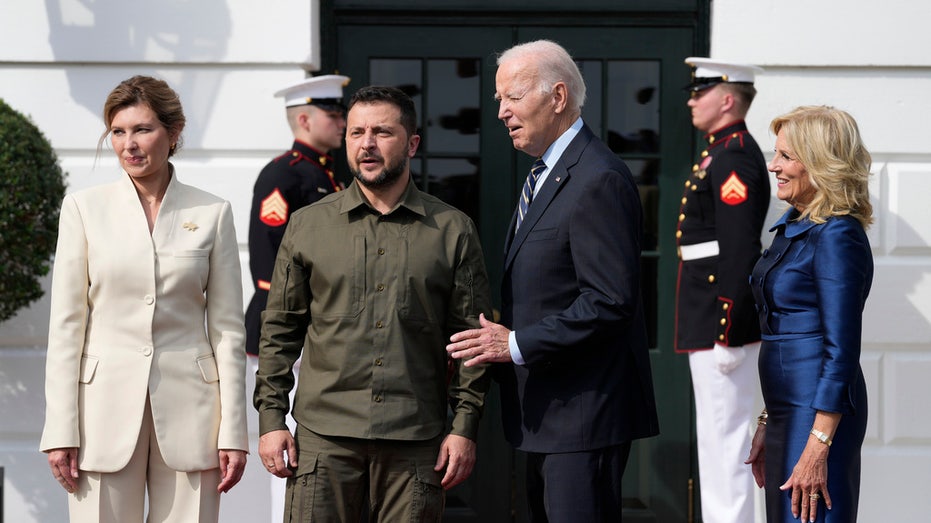
The second year of the Russia-Ukraine War did not pan out how either side expected, with upset and disappointment marring a conflict that looks ready to drag into a third year.
The situation remains in flux some 22 months after Russian President Vladimir Putin ordered his troops to commence a “special operation” to “denazify” Ukraine.
The tumultuous developments this year left Russia in a lurch and scrambling at times for allies, munitions and soldiers to keep the war effort going; meanwhile, Ukraine failed to make the gains that Ukrainian President Volodymyr Zelenskyy had promised, forcing a switch to more unsavory tactics.
Here are some of the biggest developments this year that ensured the invasion will remain one of Russia’s greatest embarrassments while raising some uncomfortable questions for Ukraine’s own efforts.
Mercenary warlord Yevgeny Prigozhin butted heads with Russia’s military command, which had changed a few times during the war. The revolving door of leadership allowed the charismatic Prigozhin to establish control, leading to a highly controversial policy that allowed him to recruit directly from Russia’s prisons to reinforce his Wagner Group.
Russian Defense Minister Sergei Shoigu, who took command of the Russian forces in January, cut off Prigozhin from his access to prisons and much-needed munitions. Prigozhin in June said Shoigu launched a deadly attack on the Wagner troops, which Russian authorities denied.
Prigozhin remained committed to his task and commenced a “march of justice,” which analysts quickly labeled as the greatest challenge to Putin’s authority during his two-decade reign. Reports stated that Prigozhin had anticipated support from several military officers and regiments but that no support materialized.
Instead, Putin fiercely vowed to put down the rebellion and make Prigozhin “answer for it.” Prigozhin insisted he had no fight with Putin – his most important backer – and that he took issue only with the Ministry of Defense.
UKRAINE’S A STEP CLOSER TO JOINING THE EU. HERE’S WHAT IT MEANS AND WHY IT MATTERS
Prigozhin ultimately halted his effort when Belarusian President Alexander Lukashenko intervened and negotiated his surrender and exile, sending the Wagner troops back home. Lukashenko made it clear that Prigozhin was facing death for his actions, and the mercenary warlord took the hint.
A military purge reportedly followed, but Pentagon press secretary Brig. Gen. Pat Ryder said the Department of Defense did not see anything that should raise an alarm.
Unfortunately for Prigozhin, the story did not end there but instead took one final, fatal turn two months later when his private jet exploded, ending the story of one of the most high-profile figures in the conflict outside of each country’s respective leader.
Prigozhin’s exile seemed loose at best as the leader returned to Russia at least twice, seemingly within the first month he left the country. He also continued to rally for support, saying on his Telegram channel that the forces “need your support today more than ever.”
The mercenary warlord’s plane exploded on Aug. 23 while en route from Moscow to Saint Petersburg, killing 10 people. The Kremlin later confirmed that Prigozhin was among those killed, along with his second-in-command and Wagner’s logistics chief.
Zelenskyy and the White House immediately blamed Putin, saying it was “very clear” the Russian leader was behind the murder, and the Pentagon concluded the explosion was intentional. The Kremlin waited a few days before confirming Prigozhin’s death.
At the time of the explosion, Putin was in Moscow presenting a state award to the crew of an Alyosha T-80 tank, which allegedly destroyed a Ukrainian armored convoy, Russian news agency TASS reported. Some compared Putin to the “Godfather” character Michael Corleone, who attended his son’s baptism while hitmen killed his rivals.
Wagner’s future remains in flux: Putin has variously attempted to integrate the troops into the broader Russian military while also appointing Andrei Troshev as the new leader of Wagner.
As bad as the Wagner drama may have appeared for Putin, it was far from the most troubling thorn in his side throughout the year: He spent more time figuring out how to keep the war effort going without resorting to a national draft, which would prove supremely unpopular among the Russian populace.
HUNGARY VETOES $54B EUROPEAN AID PACKAGE FOR UKRAINE, DEALING ZELENSKYY ANOTHER BLOW
Russia’s military also has continued to struggle with maintaining munitions after burning through its supplies in the first year. Reports from the first year found Russia utilizing Iranian drones to expand its strike capabilities.
The second year saw Russian forces burn through more munitions than it did in the first, leading to Russia striking more deals with anti-Western nations – including the hermit kingdom of North Korea.
Pyongyang in October sent 1,000 containers of equipment to Russia, and the White House revealed that North Korean leader Kim Jong Un – who traveled in a massive armored train to meet in person with Putin – wanted to secure sophisticated Russian weapons technology.
Seeking to take advantage of the confusion in Russia’s ranks, Ukraine sought to launch a major counteroffensive and push the invaders back, but things did not pan out that way and Kyiv had to take a different, less savory approach to the conflict.
PUTIN OFFERS RARE DETAILS ABOUT WAR IN UKRAINE, SAYS THERE WILL BE NO PEACE UNTIL GOALS ARE ACHIEVED
The offensive kicked off in the spring when the snow had cleared, but by that time Russia had marshaled its forces and taken up strong defensive positions. Instead of a major push, Ukraine slowly slid into a grueling war of attrition. It recaptured a dozen villages but failed to make a dent on the Russian forces.
Instead, Ukraine turned toward attempting to assassinate Russian officials, killing Luhansk legislature member Mikhail Filiponenko, who had survived a previous car bombing just days before Russia launched a full-scale invasion of Ukraine, as well as a few drones in Moscow across the year in what the Kremlin said were Ukrainian attempts.
The lack of meaningful progress led Congress to question further funding of the Ukrainian effort, especially in light of the Hamas terrorist attack on Israel on Oct. 7, as the U.S. has fully backed Israel and even committed two aircraft carriers to the region in an effort to prevent further escalation.
Zelenskyy visited the U.S. in a bid to make a plea for further support, which he got in the form of an additional $200 million drawdown from Pentagon stockpiles, but the further funding from Congress remains in question.
Reuters and the Associated Press contributed to this report.

